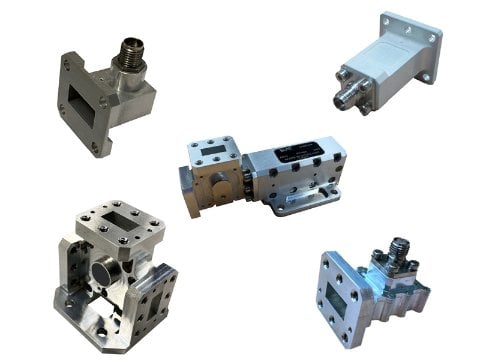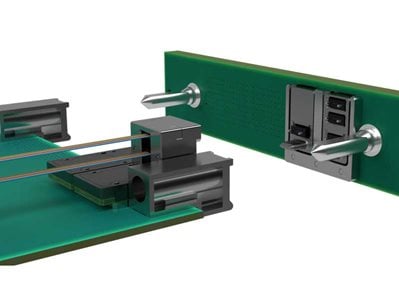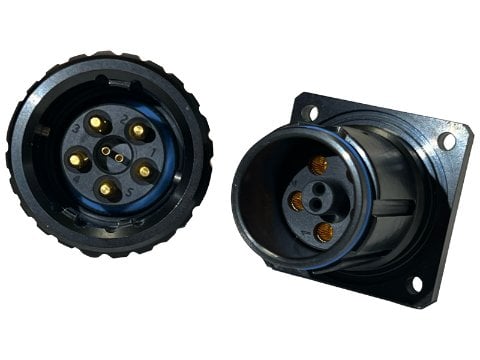Offering a choice of “dc coupled” in line and orthogonal and “ac coupled” orthogonal types. For certain applications dc coupled transitions are most commonly used where thermal characteristics are a key design consideration.
These stand-alone products can be integrated with waveguide or coaxial isolators to form iso-adapters. Smiths Interconnect’s capability and experience extends from 1.2 GHz (ATC radar) to 46 GHz for a space applications.
- Waveguide flange detail
- Connector type and orientation





